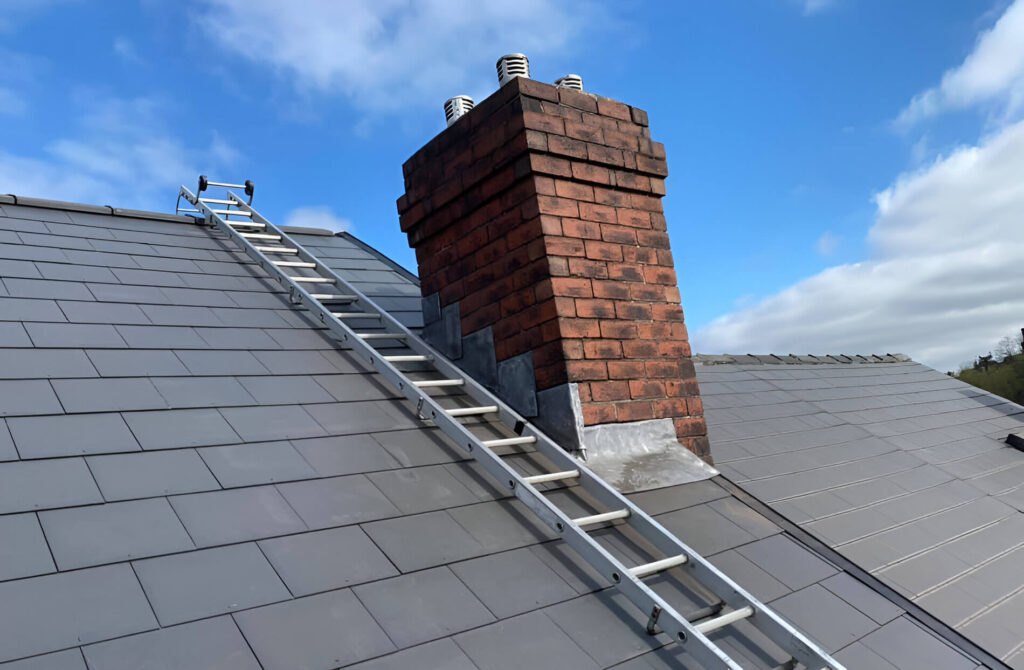Inspecting your roof for damage and repair
It’s one of those things – we all know we should do it but be honest – how often do you ever look at your roof for damage and wear? The irony is that it is actually a very easy thing to do and a simple DIY roof inspection can highlight serious problems which can be easy and cheap to fix. If they go un-noticed then expect a big repair bill some time in the future.

What to look for when looking for roof damage and wear
1. Broken, missing and loose tiles. Some things are pretty obvious aren’t they but still most of us fail year after year to carry out the most cursory of inspections. Take just 5 minutes out of your day to walk outside and inspect your roof. Look for obvious signs of damage and wear and remember, your roof is there to protect your home from water. It needs the smallest hole or crack to find its way in and then the process of deterioration of any roof can be very rapid. Dislodged tiles, broken slates and obvious gaps need to be dealt with. For safety please, never attempt fix your roof yourself – get a professional in who is trained to work at height safely.
2. Worn, cracked and deteriorating flashing. This is the metal (often lead) crease where your roof meets an edge such as where the chimney protrudes, a velux window has been installed, or simple where the roof meets a wall. It is one of the most vulnerable points on any roof to water ingress. Look for cracks and splits or where the flashing has moved away from the edge. It should be flush and clearly offering a tight seal again the weather. If it is damaged or split then make sure you get it seen to.
3. Flat asphalt and felt roof deterioration. Brittle and cracked asphalt of felt roofing materials generally mean it is time to get the roof replaced. Once the waterproofing properties of the material have been degraded by weathering and UV light then deterioration can be rapid. Typically used on garage and extension roofing, it is worth checking for any sigfns of moisture ingress on a regular basis. Repairs can be cheap, but a good quality replacement using modern materials can give decades of maintenance free service.
4. Wooden beams and stays. This is perhaps more for a professional eye, but an inspection inside your attic can highlight a roof in need of repair. Look for damp patches, discolouration, mould and warped woodwork. Rotting wood is a major problem which should be looked at by a professional at the earliest opportunity. He or she may be able to identify the cause of the problem (most likely a damaged roof), rectify it and carry out a repair for low cost. Leave the problem to continue and expect major and expensive work in the future.